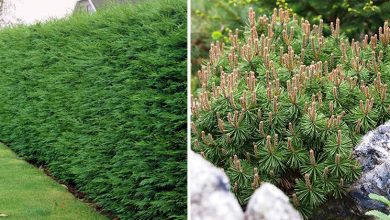Physalis: [Cultivation, Care, Pests and Diseases]
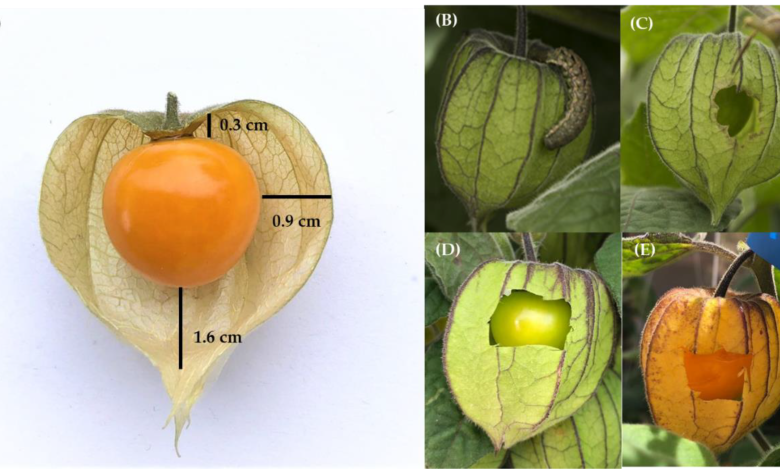
Important points when sowing Physalis
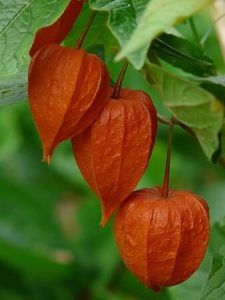 Where to sow? Sunlight. Cool and humid places.
Where to sow? Sunlight. Cool and humid places.- When? In spring.
- How do we prepare the land? Clay-sand texture, with a pH between 5.5 and 6.8. With a high content of organic matter.
- How do we water? With drip.
- How often do we water? In summer, abundant. The rest of the year, spaced irrigation.
- Plagues and diseases? Alternaria, mites and worms, fleas, whitefly.
Physalis or physalis is a herbaceous plant of the nightshade family that has excellent healing and nutritional properties. Originally from Peru, it is cultivated in tropical, subtropical and even temperate countries.
In some South American countries it is known by the name of Golden Berries, Aguaymanto, Uchuva or Ushun. It was introduced in Europe after the discovery of America. Today it is cultivated mainly in South Africa, Colombia, Peru and Spain.
The most important characteristic of this plant is its fruit, which is very similar to the tomato, but differs in that it has a fairly large shell that derives from the calyx.
When to plant a Physalis?
Physalis peruviana is planted in the garden or moved to a larger pot in spring, when the risk of frost has passed.
The harvest is annual in temperate zones and perennial in the tropics. For its optimal development and excellent productivity, it needs support or support (tutoring).
Where to plant a Physalis?
Studies on the cultivation of this plant indicate that the physalis reproduces in places with elevations between 1,800 and 2,800 meters above sea level, which are the most recommended. With average temperatures between 13° and 15°.
Physalis has been cultivated in gardens, but also along banks and roadsides.In some European countries, such as Spain, this plant is generally cultivated marginally, since it has the possibility of growing very easily in climates that are cool and humid.
How to prepare the land?
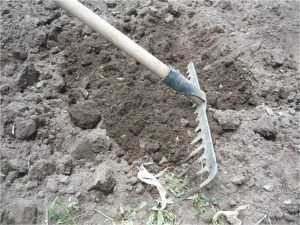 Physalis prefers soils with a granular structure with a sandy-loam texture, rich in organic matter and a pH between 5.5 and 6.8, and that do not present mechanical resistance to root penetration.
Physalis prefers soils with a granular structure with a sandy-loam texture, rich in organic matter and a pH between 5.5 and 6.8, and that do not present mechanical resistance to root penetration.
These soils guarantee good aeration and drainage, allowing the roots to penetrate easily and have a good amount of water and nutrients for their development.
Soils with effective depths of 60 cm guarantee optimal conditions for root growth, with water tables greater than 1 m.
It is very important to level the soil before planting, so that a better crop can be carried out. In addition, the placement of a good drainage should be considered, since waterlogging harms the Physalis.
How do we water a Physalis?
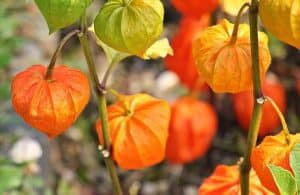 Physalis needs a constant water supply for vegetative growth and reproduction, especially for fruit filling, which guarantees high yields.
Physalis needs a constant water supply for vegetative growth and reproduction, especially for fruit filling, which guarantees high yields.
Therefore, it is recommended to water abundantly during the summer and moderately the rest of the year. However, high humidity during the harvest season deteriorates the fruit, stagnating growth.
Also waterlogging, even in a few hours, causes the death of the root system.The physalis does not resist for a long time the lack of oxygen in its roots, caused by waterlogging or flooding.
A recent study determined that physalis plants subjected to flooding for 6 to 8 days under water, presented very low values in all development conditions, in addition to marked symptoms of wilting.
How do we plant a Physalis step by step?
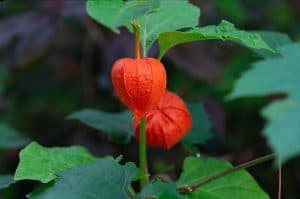 It is usually propagated by seed, but can also be propagated by cuttings or grafting. Its average planting density is 1660 plants per hectare.
It is usually propagated by seed, but can also be propagated by cuttings or grafting. Its average planting density is 1660 plants per hectare.
For the sowing of Physalis, it is recommended to extract the seeds from the ripe fruits and place them in a plastic container in which they undergo a fermentation process for 24 to 72 hours.
Then wash with clean water and dry in the shade on absorbent paper. And, once dry, they are stored for 8 days and then planted in a disinfected seedbed.After 25 to 30 days, the seedlings are transferred to bags for a month, from where they are taken to the field.
The transplant will be carried out once the plant reaches a height of 15 to 20 cm and has 3 to 4 leaves. The holes/hollows where the physalis is planted must be 30 x 30 cm and more than 80 grams of fertilizer can be placed at the bottom.
The most recommended distance is 2 x 2 square meters. To better manage the physalis crop and because its branches are drooping and the weight of the fruit, trellis or support is recommended. It should be watered abundantly, but take care of the puddles that can harm the planting.
Locate the crop in a place with good lighting and protection against strong winds. It can be in full sun or semi-shade without any problem.
What favorable associations does it have?
The association of crops of compatible plants produces benefits with respect to their cultivation separately, in addition to the use of light, water and/or nutrients.
Physalis belongs to the Solanaceae group, so if it is planted in a garden, it can be used to associate it with plants from the same group, such as tomatillos, goji berries and other berries.
What pests and diseases attack Physalis?
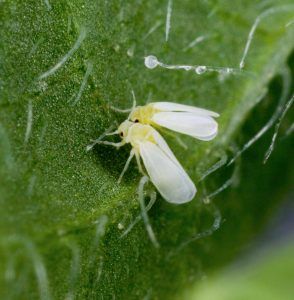 The physalis plant is affected by pests such as mites and worms.
The physalis plant is affected by pests such as mites and worms.
The flea beetle (Epitrix, sp) is a beetle of the chrysomelidae family, barely 2 mm in length that causes damage to the leaf blades, which consist of small holes or perforations.
The whitefly (Trialeurodes vaporariorum) sucks the leaf for its food and locates on the underside of the leaf, being found from eggs to adults, and can affect the Physalis with some virus.
One of the most common diseases is alternaria, this occurs in the cultivation that is carried out in the field, affecting the oldest leaves. It begins with small black spots that join together until the leaf becomes necrotic.
Bibliography and references
- Miranda, Diego; Carranza, Carlos; Fisher, Gerhard. (2016). Field problems associated with cape gooseberry cultivation. National university of Colombia. Bogota Colombia.
- Leon, George. (2000). Botany of tropical crops. Editorial Agroamerica. San Jose Costa Rica.
- Lopez Acosta, Francisco Jose; Guio Tenjo, Nelson Rodrigo; Fisher, Gerhard; Miranda Lasprilla, Diego. (2008). Propagation of cape gooseberry (Physalis peruviana L.) through different types of cuttings and substrates. National Faculty of Agronomy Magazine. National university of Colombia. Medellin Colombia. Reproduced from: https://www.redalyc.org/pdf/1799/179914077011.pdf
- Martinez, Fabio Ernesto; Sarmiento, Jenny; Fisher, Gerhard; Jimenez, Francisco. (2009). Symptoms of macronutrient and boron deficiency in cape gooseberry plants (Physalis peruviana L.). Colombian Agronomy Magazine. Bogota Colombia. Reproduced from: http://www.scielo.org.co/img/revistas/agc/v27n2/v27n2a05.pdf
- Rodriguez C., Nohra C.; Bueno A., Marta Lucia. (2006). Study of the cytogenetic diversity of Physalis peruviana L. (Solanaceae). Colombian Biological Act. National university of Colombia. Bogota Colombia. Reproduced from: https://www.redalyc.org/articulo.oa?id=319028579006

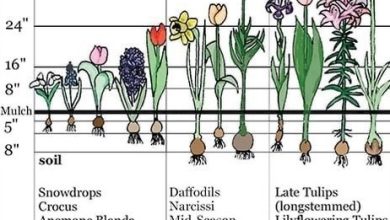
![Photo of Gardenia Care: [Earth, Strengthening, Humidity and Pruning]](https://www.complete-gardening.com/wp-content/uploads/2022/08/gardenia-care-earth-strengthening-humidity-and-pruning-390x220.jpg)

